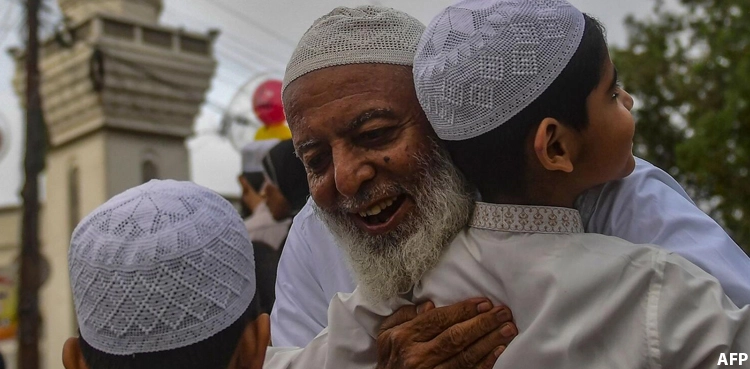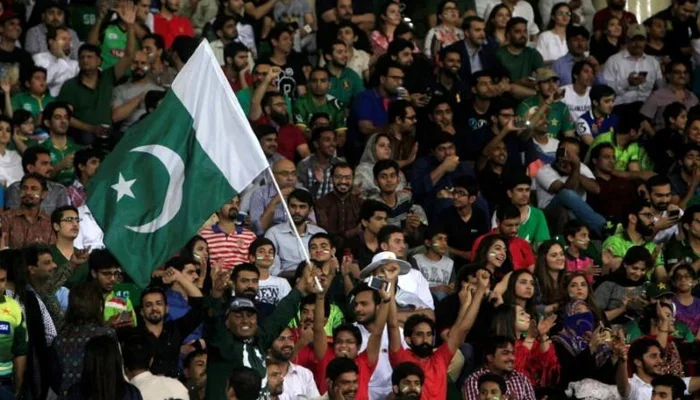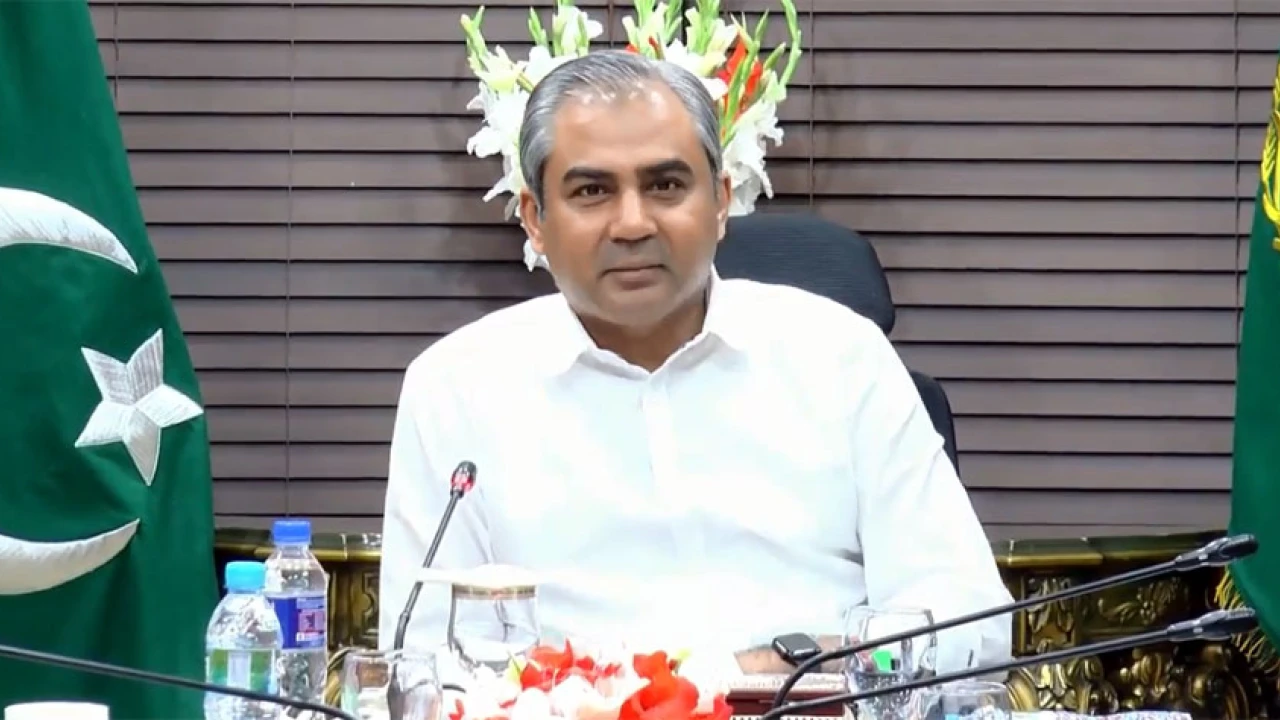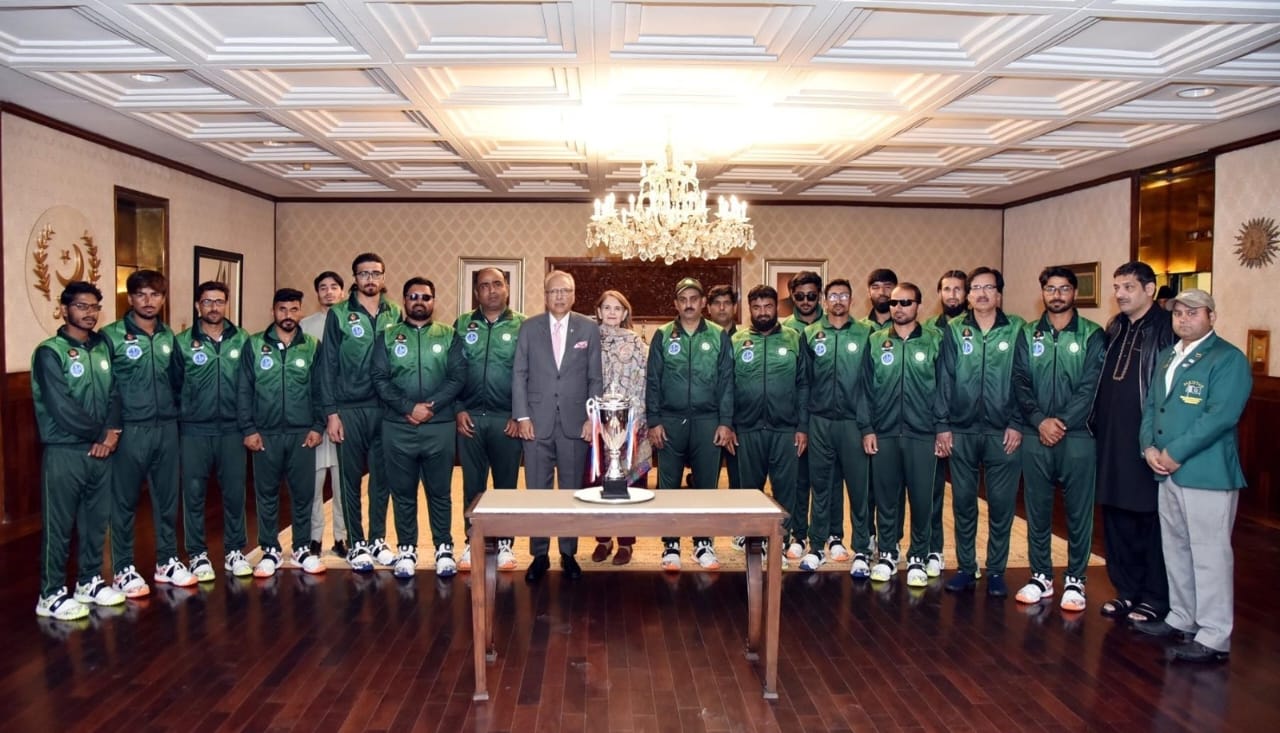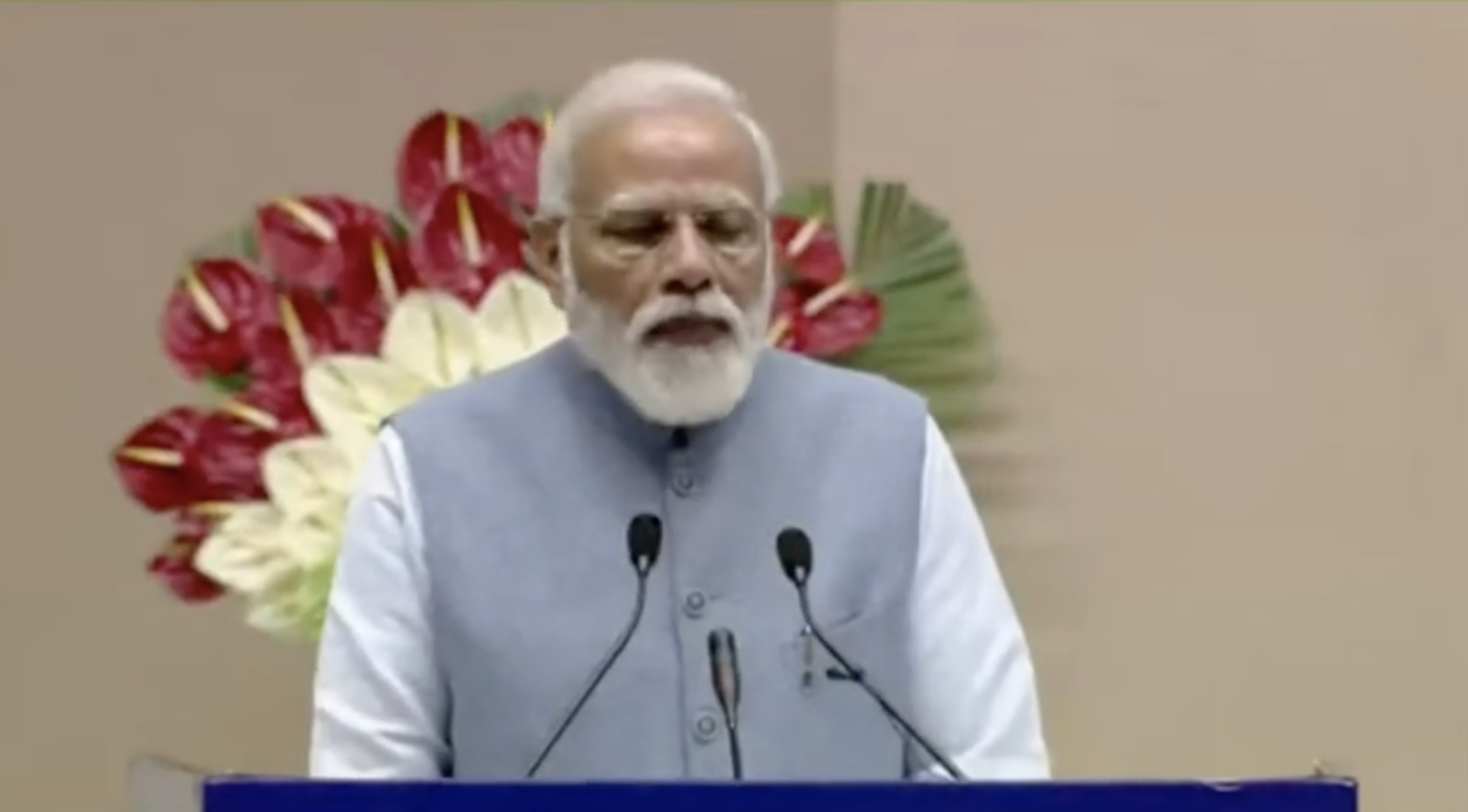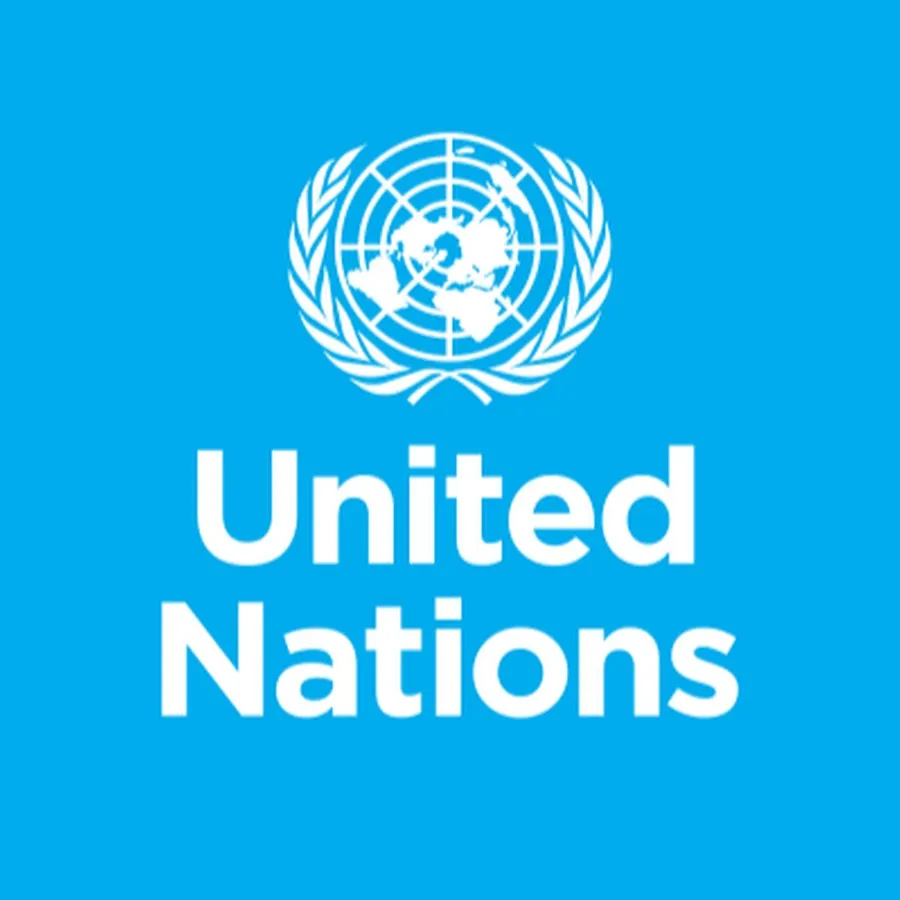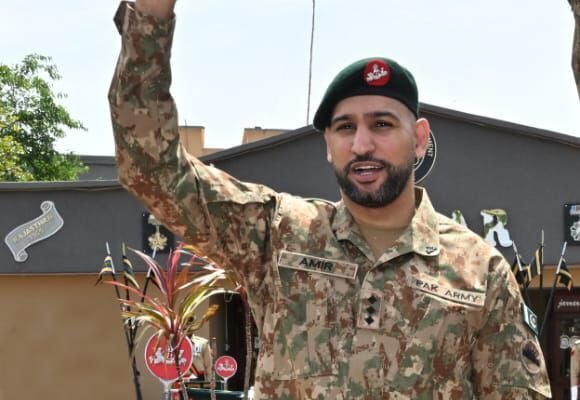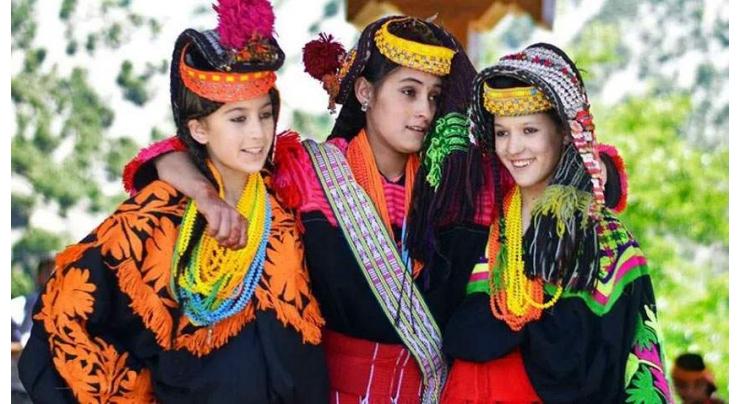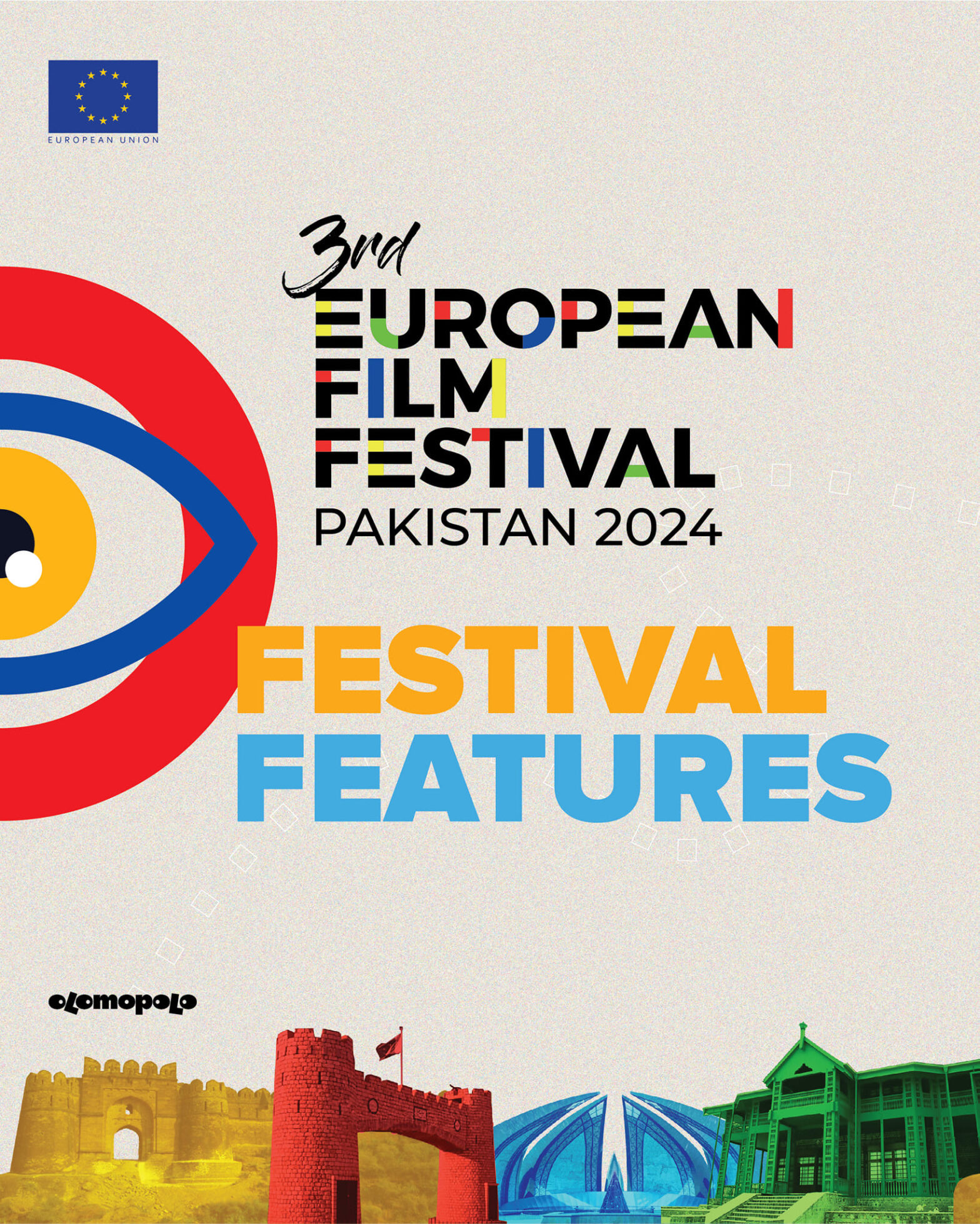Eid-ul-Fitr is absolutely rife with customs and traditions that feed into the festivities and joys that it brings into our lives every year
After a whole month of fasting, prayer, reflection, and spirituality, the Islamic holy month of Ramadan is coming to a close. Of course, this means that the festive time of Eid is here. Marking the end of Ramadan, Eid-ul-Fitr is a time of giving and receiving, of love and acceptance, of forgiveness and charity, and of delight and enjoyment.
Celebrated by hundreds of millions of Muslims of all ages and backgrounds around the globe, Eid-ul-Fitr is absolutely rife with customs and traditions that feed into the festivities and joys that it brings into our lives every year.
The day sets off with a burst of energy, with everyone getting dressed up in their newest and finest outfits. Fashion does, after all, play a significant role in the celebration of Eid-ul-Fitr, with the most commonly worn clothing styles including traditional kurtas and tailored suits for men, and brightly colored and embroidered dresses as well as shalwar kameez for women.
After the special Eid prayer in the morning, the day commences with making merry. Jewelry is worn, makeup is done, and everyone gathers together to celebrate the joyous occasion. Families, relatives, and friends all visit each other to spend quality time and exchange gifts, taking a much-needed break from their busy schedules and the strenuous world around them.
There is indeed something for everyone, yes, even for the children! In fact, one of the biggest and most looked-forward-to traditions when it comes to celebrating Eid-ul-Fitr is collecting Eidi. This is the money that adults give to children, be it their own, their relatives, or those of their neighborhood, with absolutely no strings attached! Not only does this make for a loving, fun, and joyful atmosphere between the adults and the children, but also keeps children encouraged to participate in the Eid festivities.
On another equally important note, what festivities are complete without celebratory cultural food. Eid-ul-Fitr brings with it an excuse for families and households to prepare food that is traditionally well-loved by all, including biryani, samosas, kebabs, etcetera. And not just that, the signature dishes of Eid can in fact be considered to be all the sweets that Pakistani people perhaps consider Eid incomplete without.
From the signature breakfast of seviyan – otherwise known as sheer khurma – made with vermicelli, milk, and dates, a sweet dish with special traditional significance on Eid day, to bite sized sweets called “mitthai” like laddoos and gulab jamuns. The sweets are perhaps one of the most important parts of celebrating any Eid.
Another very important practice on the occasion of Eid-ul-Fitr is charity. Muslims are encouraged to give additional charity during the Eid celebrations, as it is considered a time of giving and sharing with others. These donations are intended to help those in need so that they too may be able to take part in celebrating this religious holiday with everyone.
For Muslims all throughout the world, Eid-ul-Fitr is indeed a happy and significant holiday. It is an opportunity to get together with loved ones, friends, and neighbors to celebrate the festival and take part in the many blessings that it brings. Eid is a time for social interaction and reflecting on the virtues of charity, compassion, and gratitude, and it includes everything from the preparation of customary meals to the exchanging of gifts, as well as the practice of charitable acts. Every year, Muslim communities worldwide uphold and partake in rich traditions that have been passed down through many, many years, and will continue to play a significant role in their spirituality as they celebrate Eid for many more years to come.
